An exercise in reclamation, the Upglas collection by Luca Nichetto for Astep transforms fragments of precious Murano glass into sculptural lighting, elevating what would otherwise be waste back into the realm of high design. The collection reimagines discarded material with a new identity, offering not just a sustainable solution but also an entirely fresh aesthetic.
Because of its pigmentation, Murano glass fragments are traditionally considered unrecyclable. Nichetto, however, treats this limitation as a creative opportunity. “When I first saw this new material,” Nichetto explains, “I got the idea of rolling and spreading it by hand, much like you would roll a flour dough to make pizza, and then shape it into a mold.” This playful yet deliberate approach gives each lamp a distinct personality, with undulating surfaces that make no two pieces alike. Unlike conventional glasswork, which requires heating at 1,200 degrees, the molds for the Upglas collection are baked at just 400 degrees – closer to pizza-making than to traditional glassblowing.
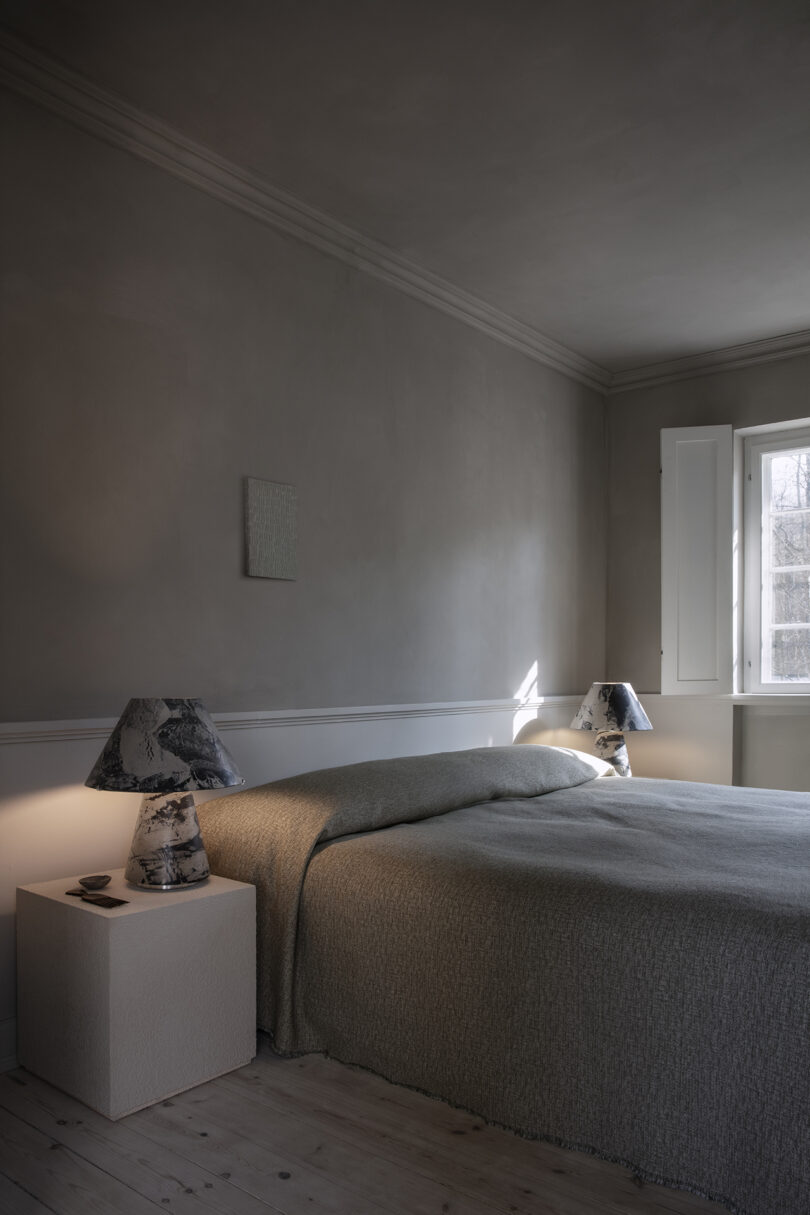
The resulting surfaces are full of depth and variation, with color veining that almost resembles natural stone. Subtle striations emerge between shades of the “dough,” echoing the organic character of marble while still maintaining the lightness and translucency of glass. This paradoxical quality – glass made to look like stone but remain featherlight – becomes central to the collection’s charm.
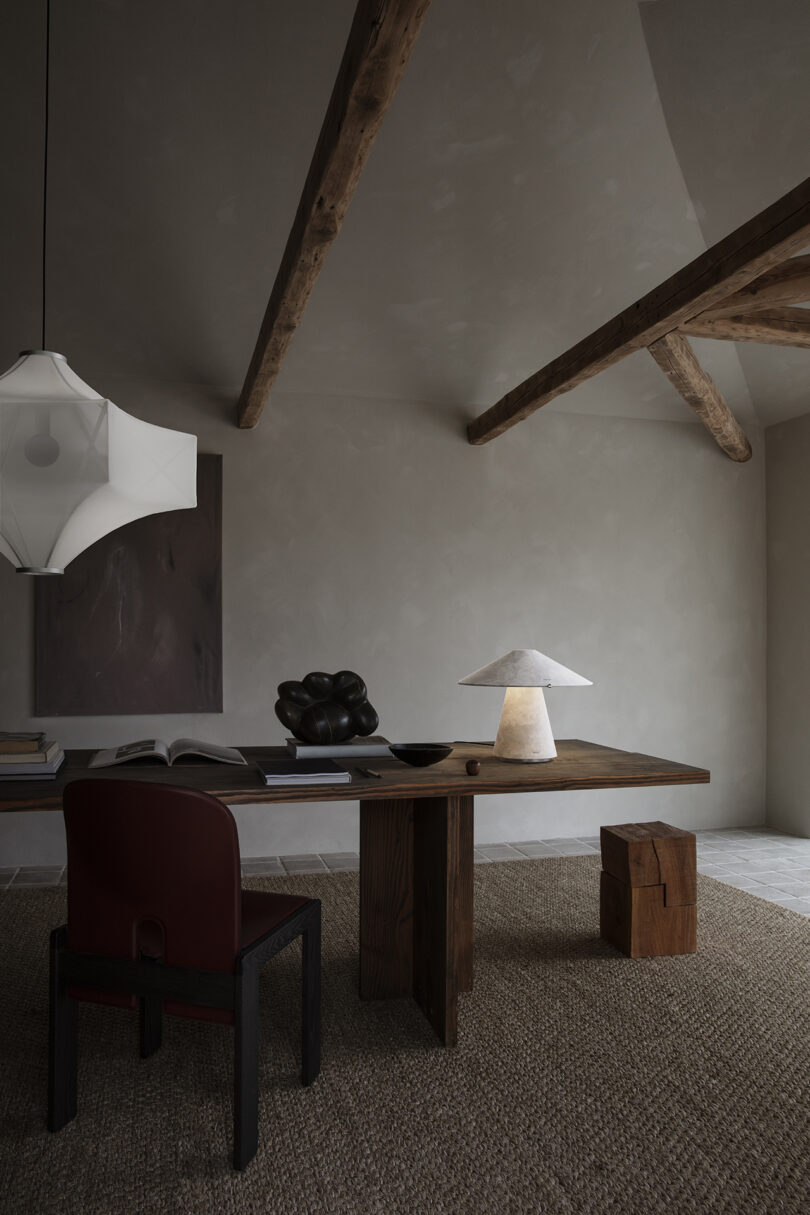
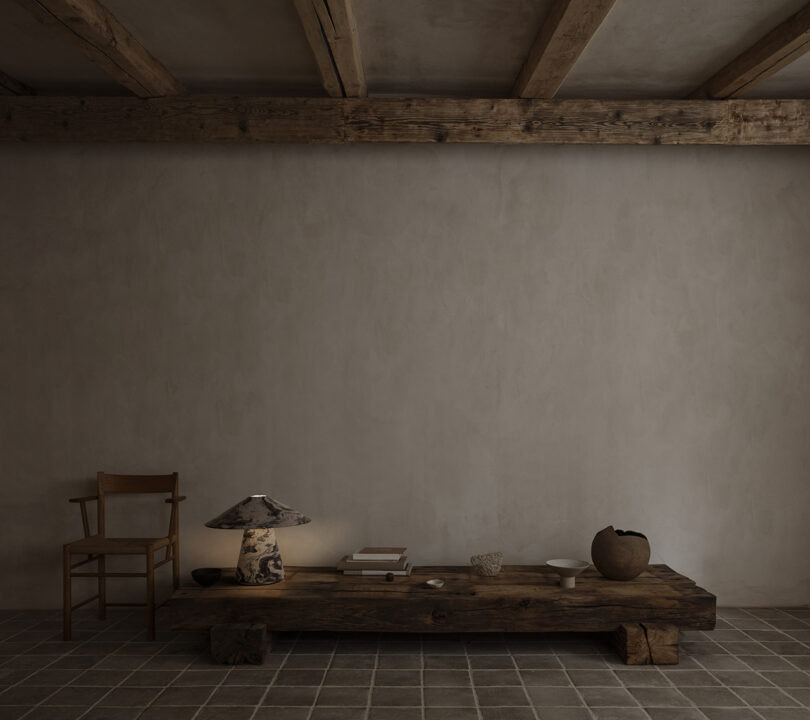
The innovation lies in the process, developed in partnership with Rehub Glass. First, the fragments are ground into a fine powder, then blended with a patented, biodegradable resin that acts as a binder. The mixture forms a pliable, dough-like paste, which can be rolled, shaped, and pressed into molds before being cured under heat. Because these colors inherently have different compositions from the makeup of the glass, each will be unique, beholden to the natural process of color theory.
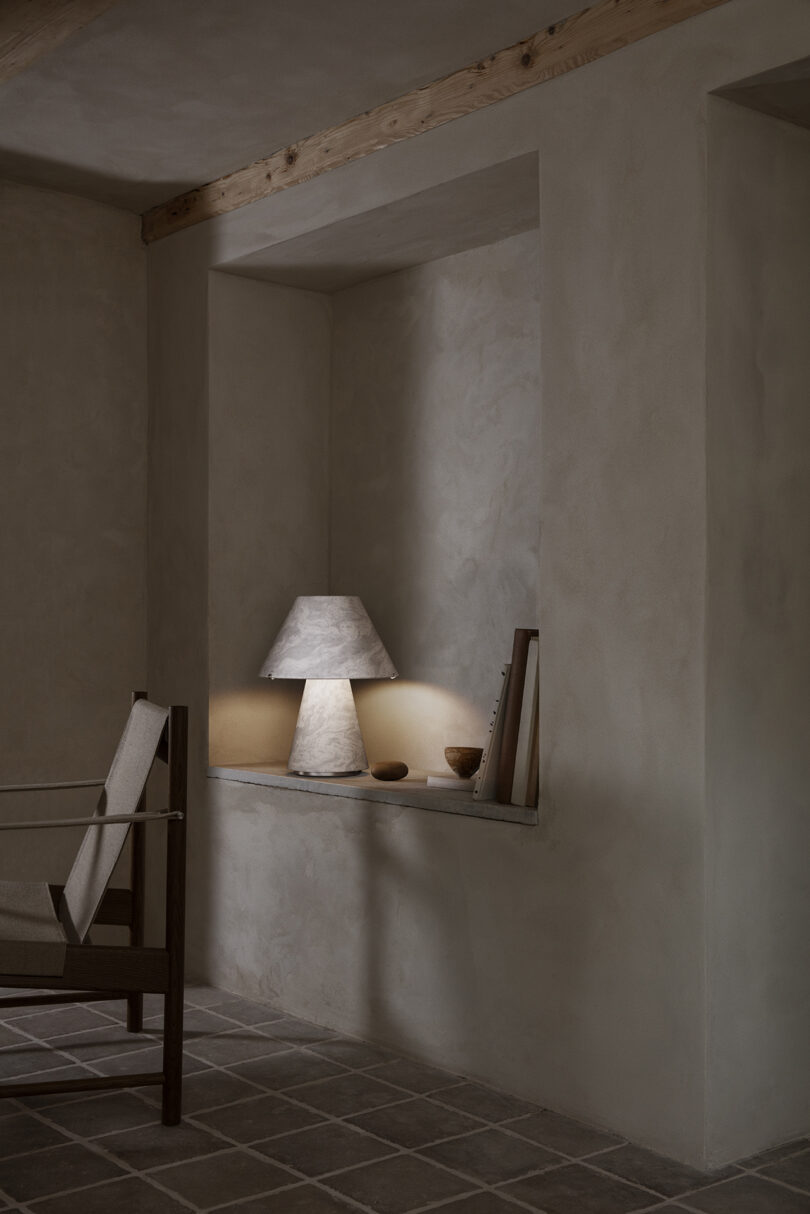
The tactile finish is particularly noteworthy. While the lamps are made entirely of glass, their surface resembles honed stone, giving the illusion of weight and solidity. Yet when lifted, the pieces reveal themselves to be airy and light, both physically and visually. In this way, the Upglas collection subverts expectations, presenting a material that simultaneously grounds and uplifts.
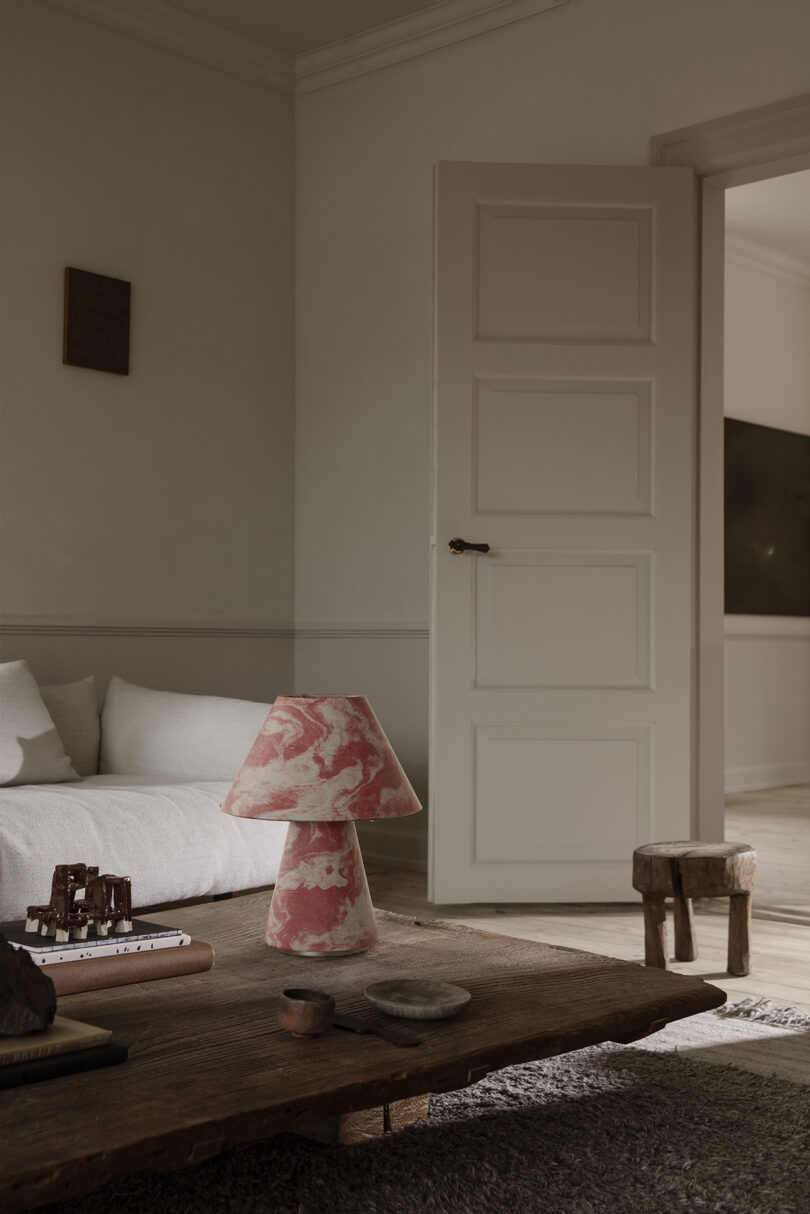
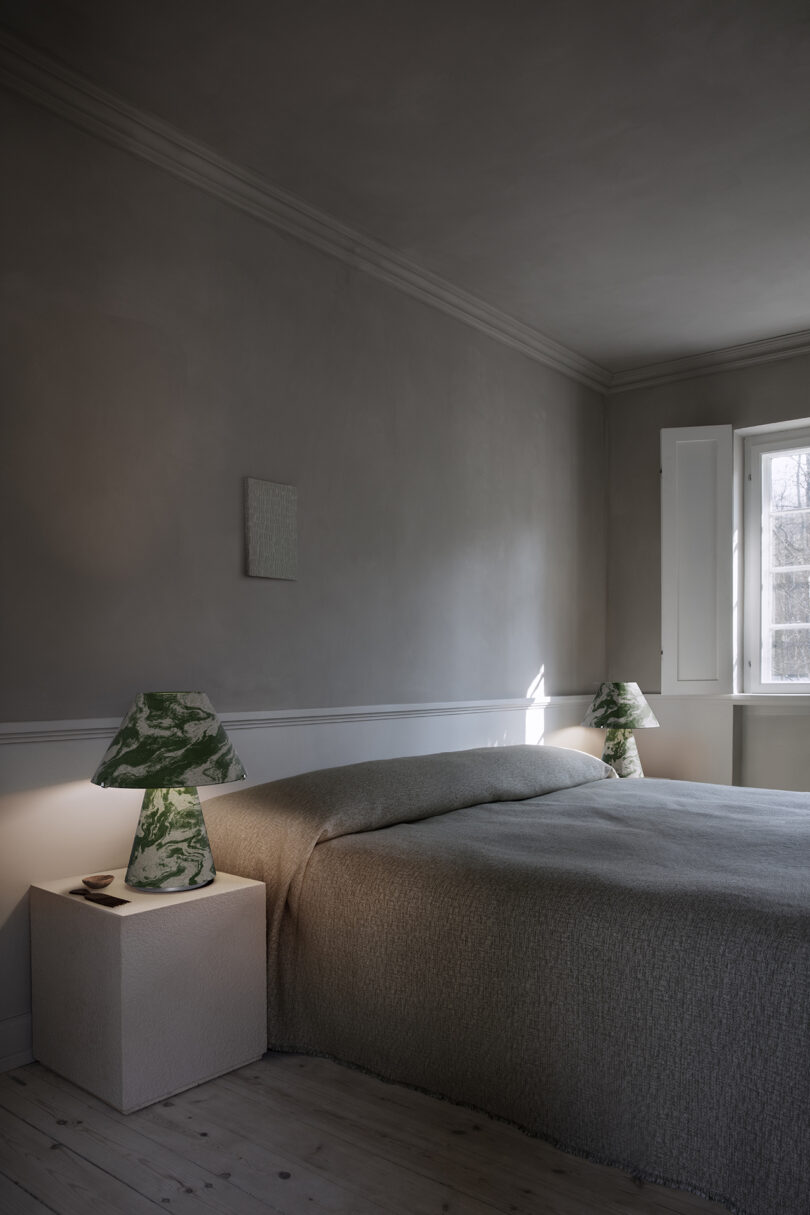
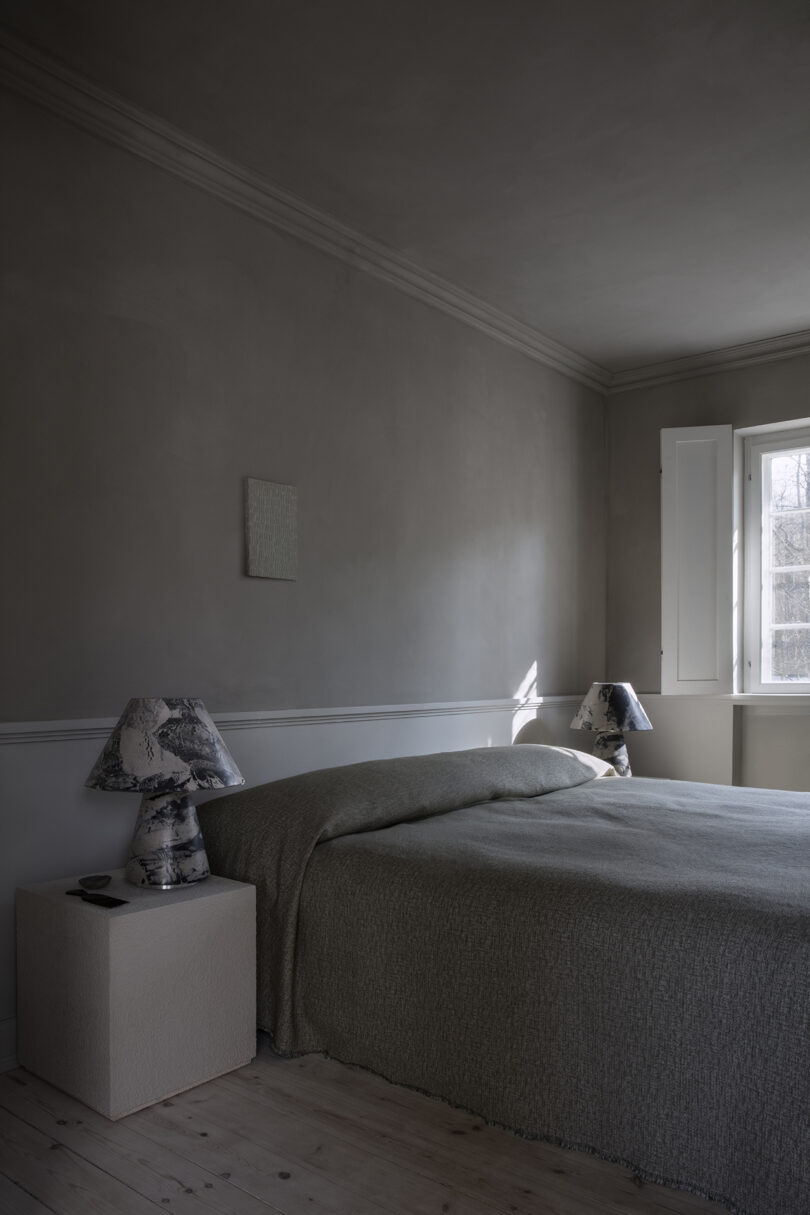
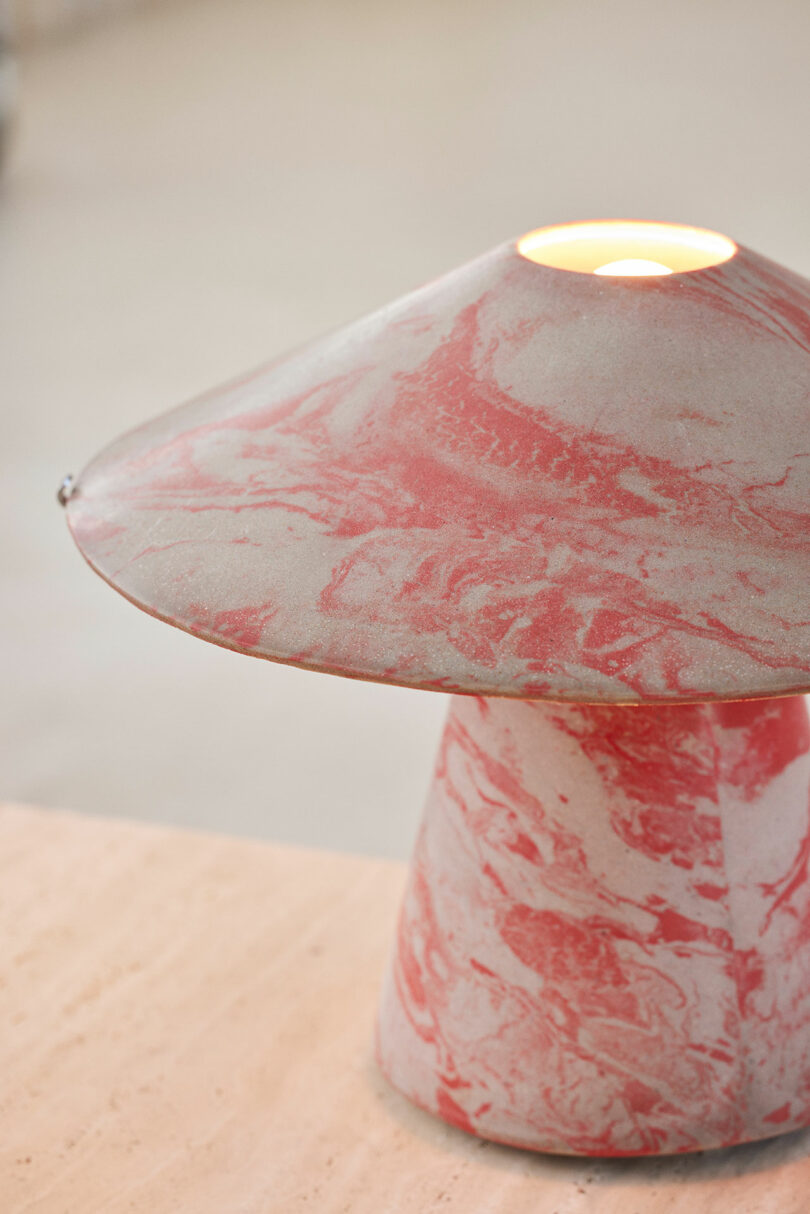
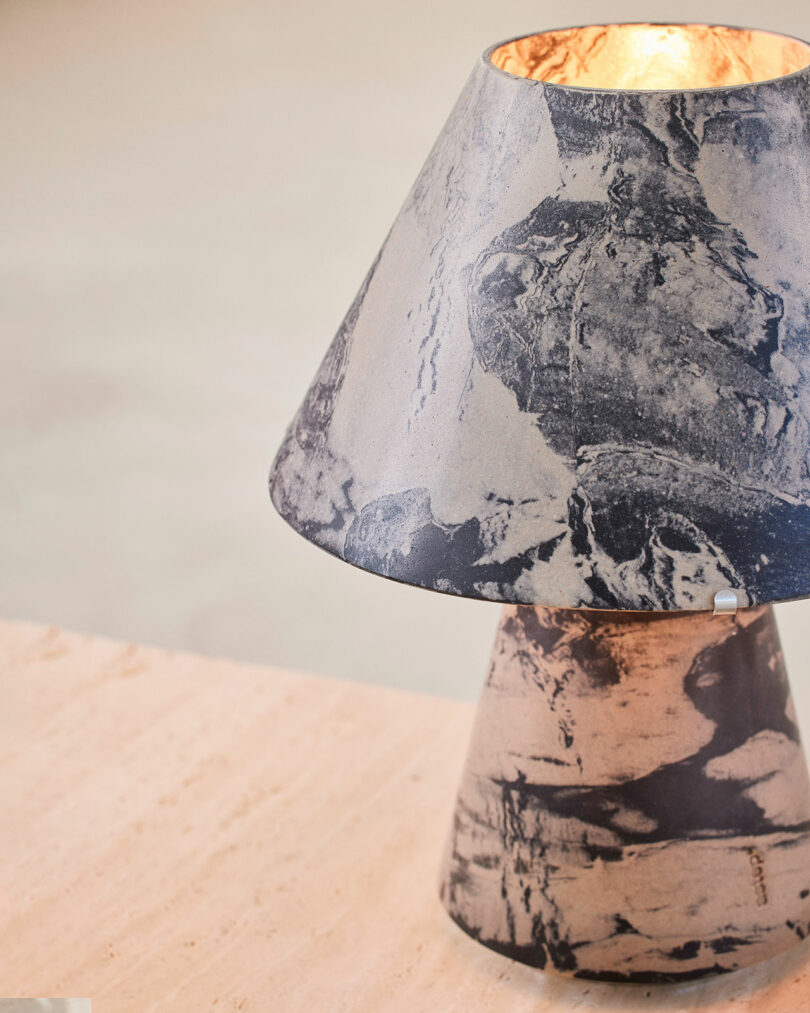
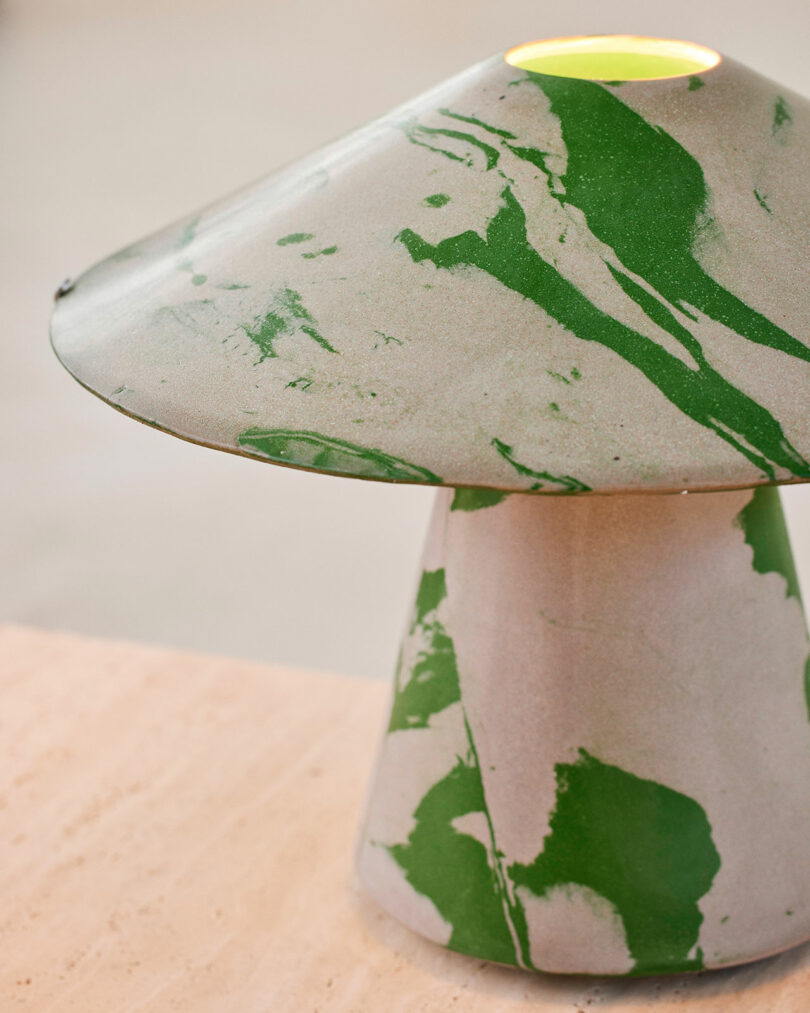
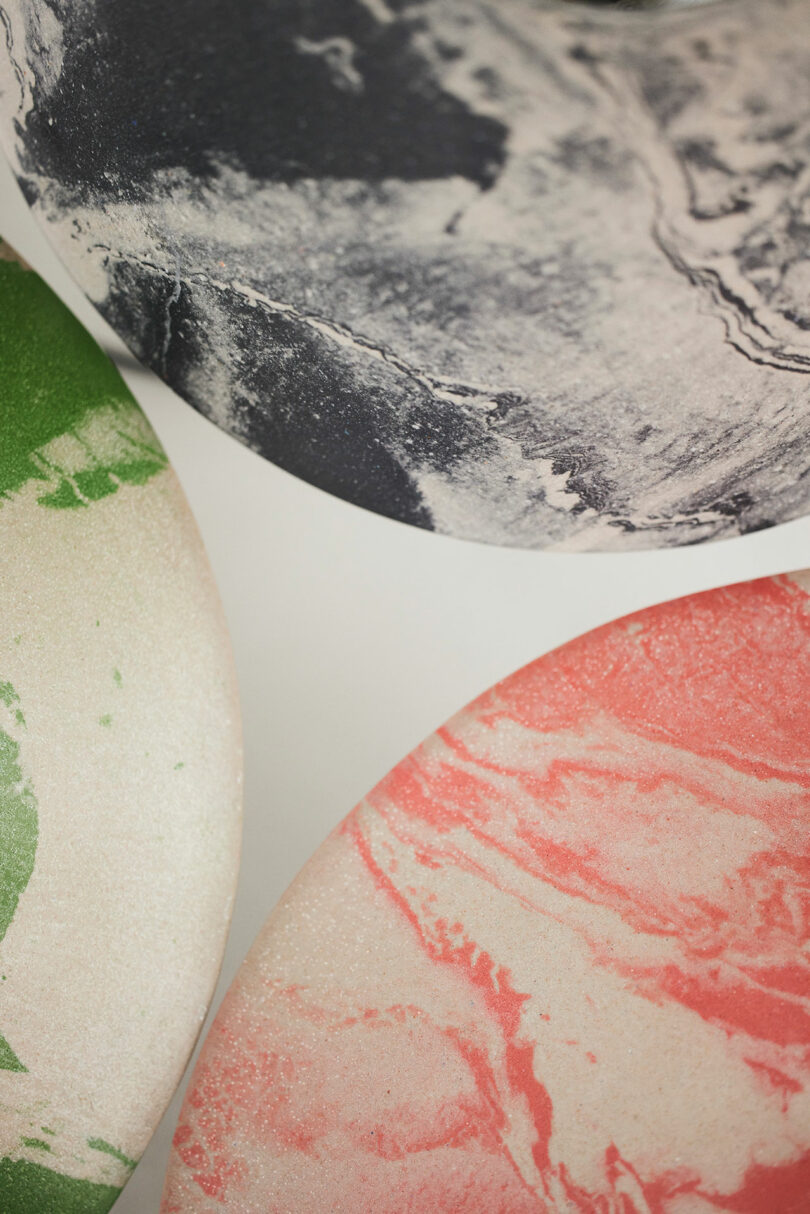
To learn more about the Upglas collection by Luca Nichetto for Astep, please visit astep.design.
Photography courtesy of Astep.

